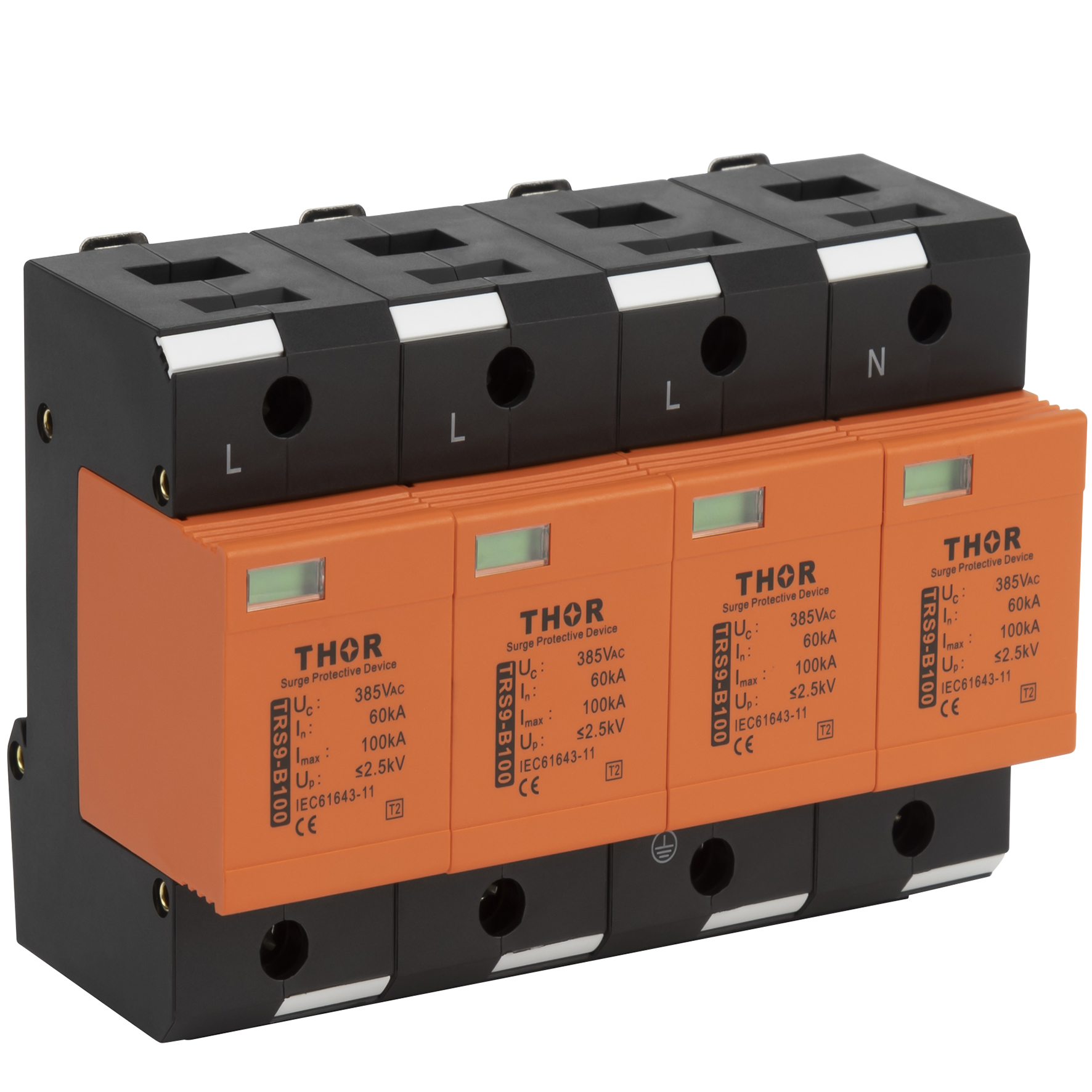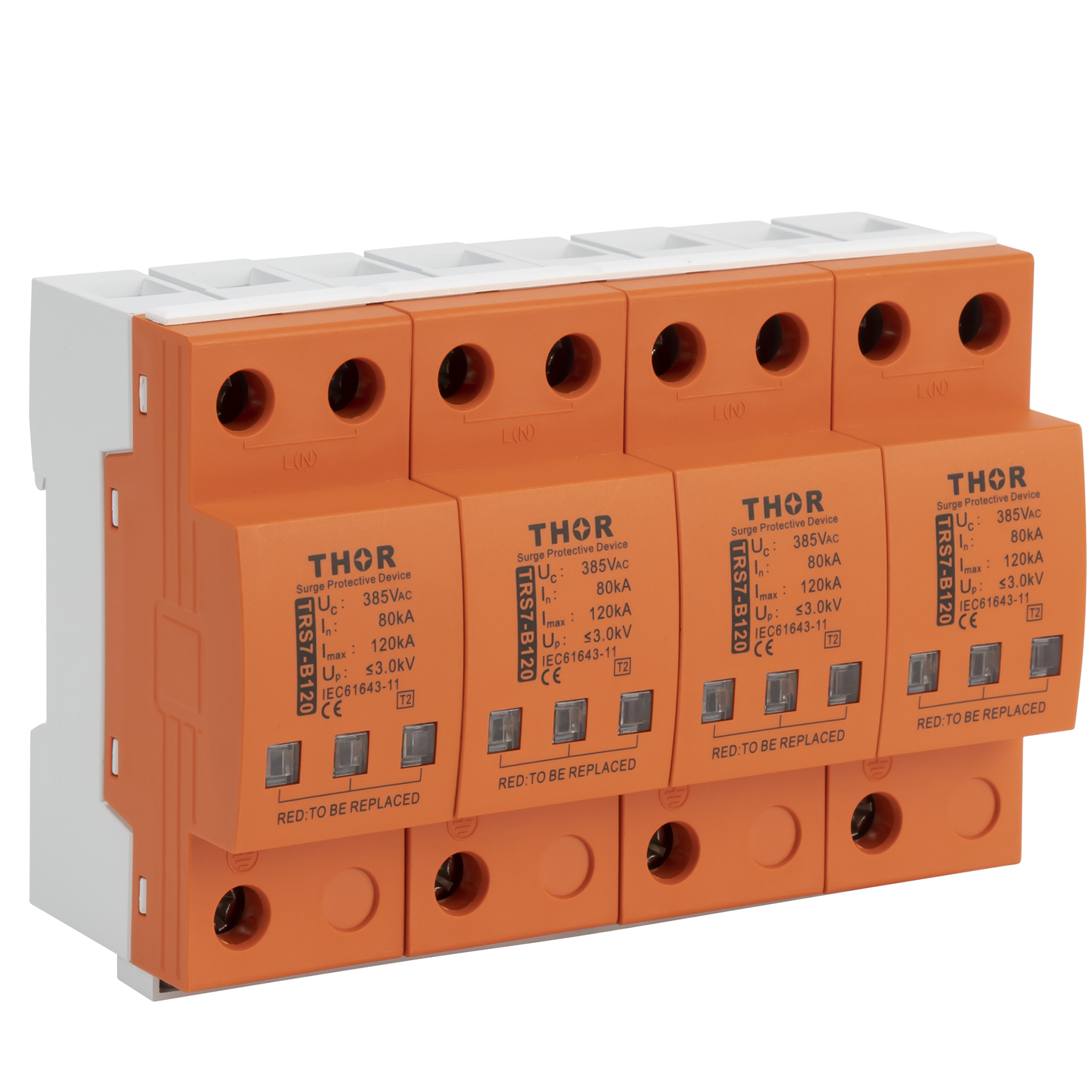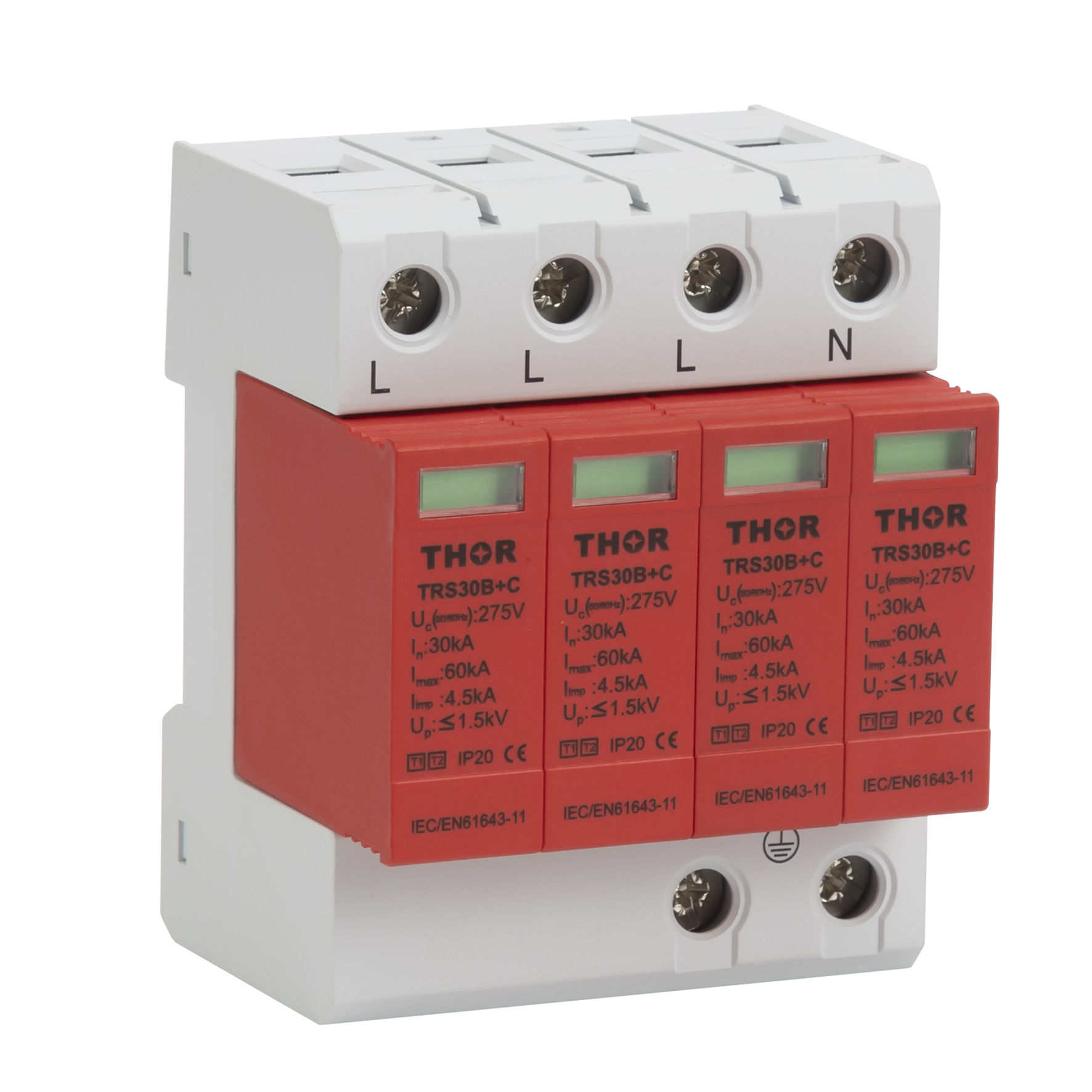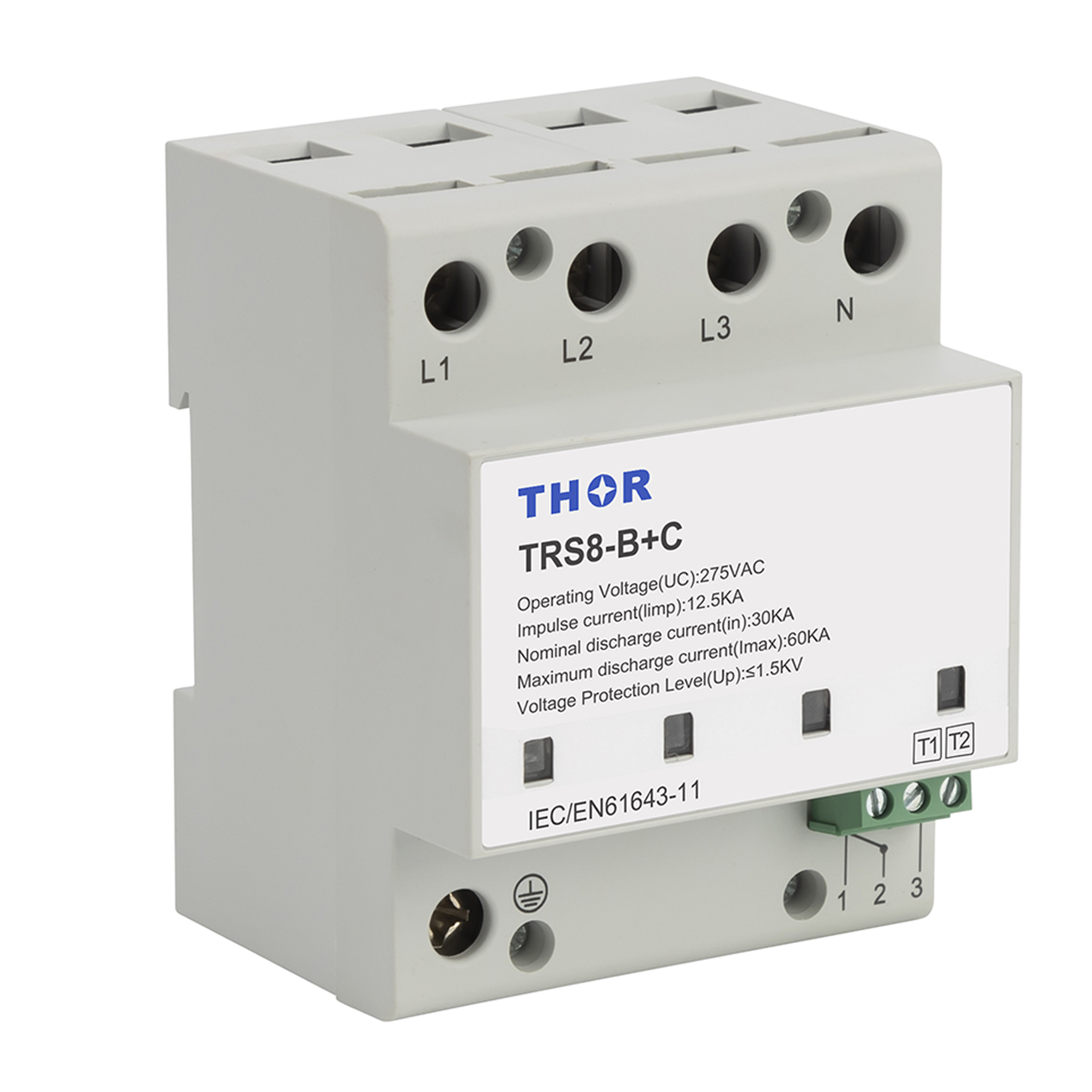Be sure to have surge protectors where necessary, as this is very important for protecting electronics from rises in voltage. Identify red flags and avoid harming your investment. Cracks, melted parts, color changes and unusual heat or burning smells are physical indicators to watch out for. Troubleshooting performance problems with your lighting system including malfunctioning lights, buzzing or hissing noises in the basement and frequent tripping of circuit breakers. When devices start acting up, or getting damaged often the surge protector may be dying. Inspect the connection quality to be sure that there are not any loose, or sparking connections. Using the multimeter to test your circuit often reveals hidden issues. Keep vigilant so that your surge protectors offer continual protection and will hold a safe electrical environment.

Physical and Visual Signs of Malfunction
Surge protectors are a required type of security for your consumer electronics from remarkable voltage surges. Identifying the warning signs of a faulty surge protector can help save you money from losing out on an electrical device. These signs first appear mechanically, so they are all visible signs as noticeable injury, warmer thermal problems on system operating or smell issues during the use of device Or rust corrosion etc. in protection cover.

Visible Damage
This damage usually shows up as physical cracks and chips, mostly from a previous surge or a simple collision. If you see signs of melting anywhere on the surge protector, it indicates excessive heat buildup, which can also cause the device to bad. In this case, you need to act promptly to avoid burning the plug. Discoloration and damage around the socket can mean overheating and an electrical problem somewhere.
Heat and Odor Problems
It's also easy to tell if there's a heat and smell problem, since surge protectors rarely get hot. If it feels hot, that's probably not a good thing. You can also test the surface temperature with a thermometer before you start testing. Anything above room temperature could be the source of a problem. Also, a burning smell is a clear odor warning sign that there's some kind of damage to the internal parts, which could cause a malfunction or even start a fire. If you can still smell the burning smell after unplugging it, that's a clear warning that there's serious damage to the internal parts and should be taken care of as soon as possible.
Corrosion and Water Damage
In addition to the two types of damage mentioned above, the most important types of physical damage include corrosion and water damage. If the machine is not working properly, check if the metal parts are rusted or corroded, as they can become a big hindrance. If you find any signs of water damage, such as rust spots caused by corrosion over the years, it is a clear indication that your surge protector has been damaged in some way. Water damage can cause a short circuit, which can lead to permanent failure, in which case you need to replace the surge protector immediately.
Performance and Functional Indicators
The second is non-visible physical damage. In this regard, the performance level and functional indicators of the surge protector are mainly judged by whether it works normally. It is only necessary to judge whether the surge protector needs to be repaired or replaced based on the indicator light status and noise, the tripping frequency of the circuit breaker, the working status, etc.

Indicator Light and Noise
These visually present the state of a power strip's surge protector. Broken or absent indicator lights suggest the device has lost its ability to protect. Other red flags include strange humming, hissing or popping sounds,this sound is usually from the overheating of internal parts or unsteadiness in power flowing through it. the device must work soundlessly in normal conditions and all of a sudden you hear currents going through,then right away this is an alert to be verified.
Frequent Tripping and Equipment Problems
One of the most crucial functions of a surge protector is preventing current overload, which could in turn protect your gear from being destroyed. If an installed surge protector has the circuit breaker trip often, it might signal that its current load capacity not been met. This kind of problem is not only affect the normal use equipment, while even to make incalculable loss may be caused by the surge protector. A surge protector that used to work just fine may have worn out if a device starts behaving erratically, leading you to replace it with a new one. To quantify this situation, you would monitor how often the advise breaker trips and then compare it to observed failure rates of connected equipment. When these numbers start to increase often then you should consider replacement of surge protector.
Connection and Structural Integrity
Surge protection ability and service life of surge protectors are closely related to the connection style with internal components. You can check the point of connection between your devices and power so that it is not loose or worn down, as well as make sure the surge protector itself remains sturdy over time. And the frequency needs to be tested and replaced in advance so that we can determine if there will not have such problem occurs again.

Loose or Damaged Connections
You must verify that the surge protector connection parts are loose or in evidence of wear. Unstable current causes poor protection, and endangers fragile connections causing them to break. In particular, the connecting parts are easy to loose in high-frequency operation. If the metal part of the plug is loose, it may to bring poor current contact and thus affect surge protection effect. All connection parts should be checked and tightened regularly for devices that are used unused a longer time.
Physical Stability
The performance and quality a surge protector can deliver are dependent on its physical stability. If the device sparks, rapidly deteriorates or surge protection becomes unreliable it suggests that there is damage done to internal components. If there are sparks during operation, it is likely that an IC (integrated circuit) has been short-circuited inside and you should immediately stop using the device and replace it. It is characterized by a great increase in the consequence loss of device protection after use for some period, which is usually caused because internal protective components have been aging or damaged; A multimeter should be used regularly to measure the voltage and current of each socket so as to ensure that it is in a normal state, maintaining stability for long-term use.
Frequency of Testing and Replacement
One of the most important things to for all surge protector users is testing them regularly. To avoid such risk, put the power plug of surge protector into wall and then measure its voltage & current with multimeter whether it is normal. The signs are clear if any failing or not activating during a real surge event, & those could be shown by testing them. If you log test data and examine it, can help determine if device needs to be replaced.
If your surge protector seems to blow out often, it could indicate something larger amiss in power system or that you have a poor quality and slow-acting one. When selecting a surge protector, user reviews and other professional editors can be referenced to choose more stable and durable products while protecting electronic equipment. For example: choose some high-end protection products with automatic power-off or multiple protections, usually for long-term.
